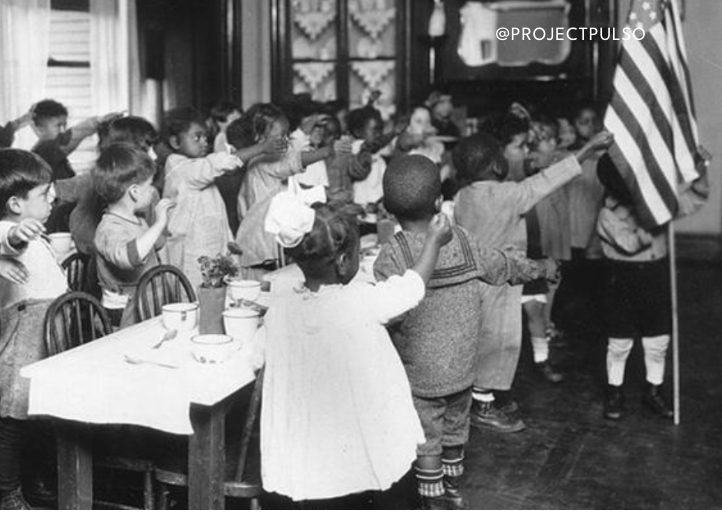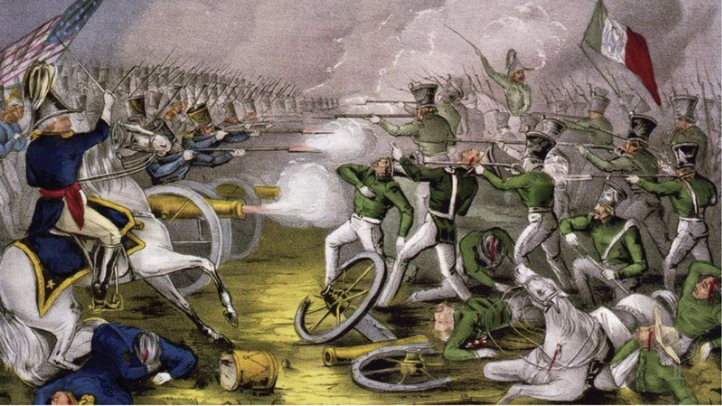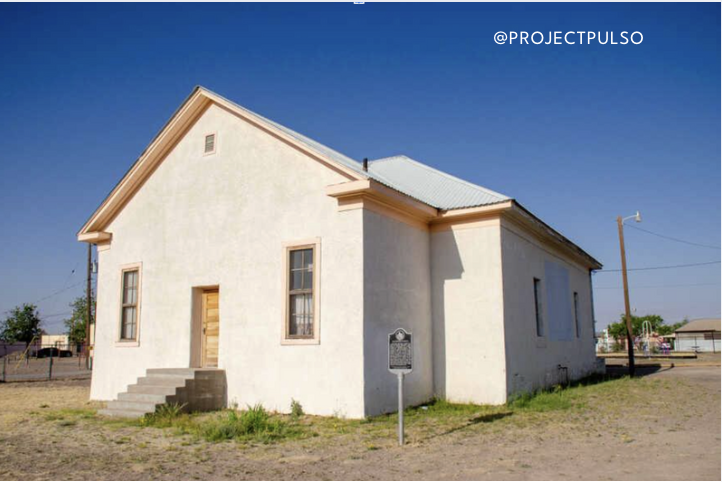Immigration in the U.S.
Presented By

Many Latinos throughout the United States experience intense demands to assimilate into the country’s wider culture. This can often take the form of societal pressure to not speak Spanish and alter their accents, clothing, diets, and other practices. However, we’ve also been subjected to official forced assimilation efforts by state and federal government actors for a century and a half.

Following the Mexican American War’s conclusion in 1848, 115,000 Spanish-speaking Mexicans found themselves suddenly within the United States’ newly defined borders. In 1878, California decided to rewrite its state’s constitution. In an effort to eradicate Mexican culture and speed assimilation, it ignored Mexican Americans’ previously protected language rights by passing an amendment stating that “all laws of the State of California, and all official writings… shall be conducted, preserved, and published in no other than the English language.” This forced thousands of Mexican Americans to either learn English or be completely excluded from the state’s legal system.

Throughout Texas and the Southwest, Mexican Americans were forced into segregated schools, where many were punished for speaking Spanish or wearing traditional Mexican clothing and hairstyles. This lasted from the 1870s until the 1950s, when a series of state and Supreme Court rulings banned state-sanctioned educational segregation. For decades afterward, many Mexican American students who integrated white schools faced terrible discrimination and pressure from students, faculty, and school administration to cease expressing their culture.

In 1980, more than 125,000 Cubans entered the United States during the Mariel Boatlift. In response, Miami-Dade County’s predominantly white commission passed an ordinance banning, “any language other than English, or promoting any culture other than that of the United States.” Supporters of the ordinance claimed that the new arrivals would irrevocably alter the county’s white culture. The ordinance wasn’t repealed until 1994.
Latest News

Accessing asylum in the U.S. will now be harder than ever


Latinos Have Been Forced to Assimilate for 150 Years

“The Alien Enemies Act” is More Dangerous Than You Think

What’s the State of the Economy Before the Election?



